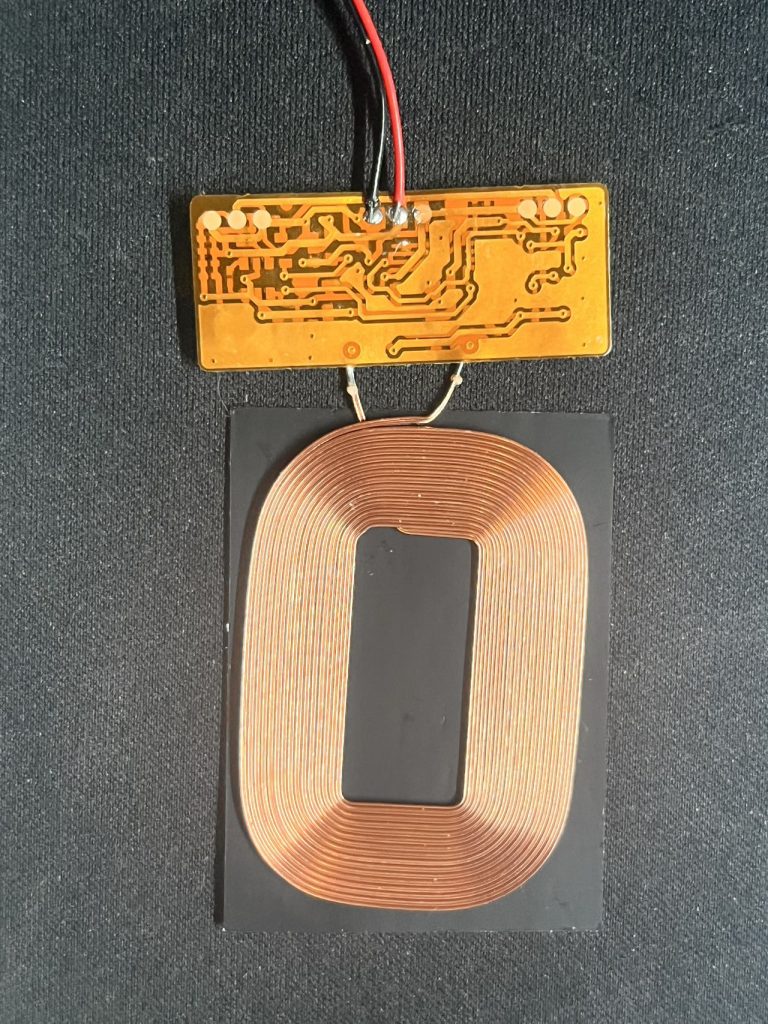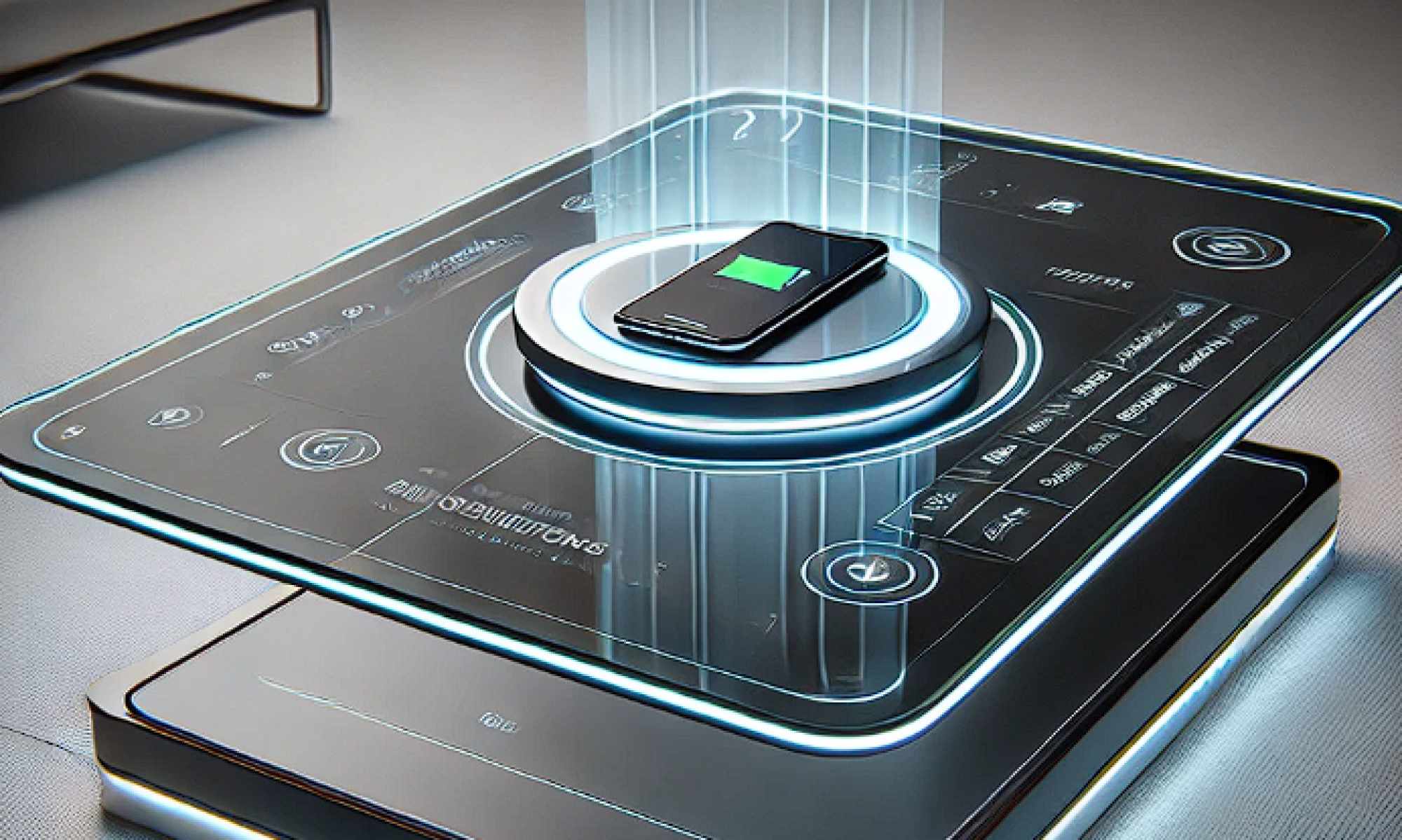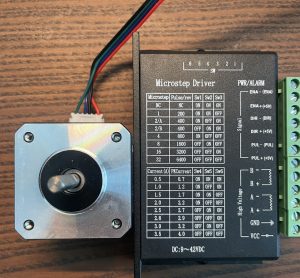This week, my main focus was the development of the charging module. I worked on the integration of the charging pad with the Jetson Nano, our project’s central processing unit. By the end of the week, I successfully incorporated the charging pad with the Jetson Nano.
One of the key metrics I measured this week was the charging efficiency of the system. With the current setup, it takes approximately 45 minutes to fully charge an iPhone 13 Pro. Currently, the charging pad is not stable enough, which means that sometimes it just suddenly stop charging the devices. I haven’t figure out the reason yet, so I am going to focus on solve this next week.

One big consideration was the unique structural layout of the table. The design must accommodate both the moving parts of the gantry and the magnetic properties of the charging pad without interference. Through testing, I discovered that certain materials and structural arrangements could impact the strength and stability of the magnetic field around the pad. I adjusted the layout and experimented with different materials to mitigate this issue, but further refinement will be necessary as we move toward finalizing the design.
I am currently on schedule.
In the upcoming week, the primary objective will be to improve the stability of the charging pad during the charging process. I will also begin to build the gantry system to make sure we have enough time to finalize the project.



 This component had already been submitted for printing at TechSpark on Thursday. We will gather the four pieces on Monday for further testing.
This component had already been submitted for printing at TechSpark on Thursday. We will gather the four pieces on Monday for further testing.




